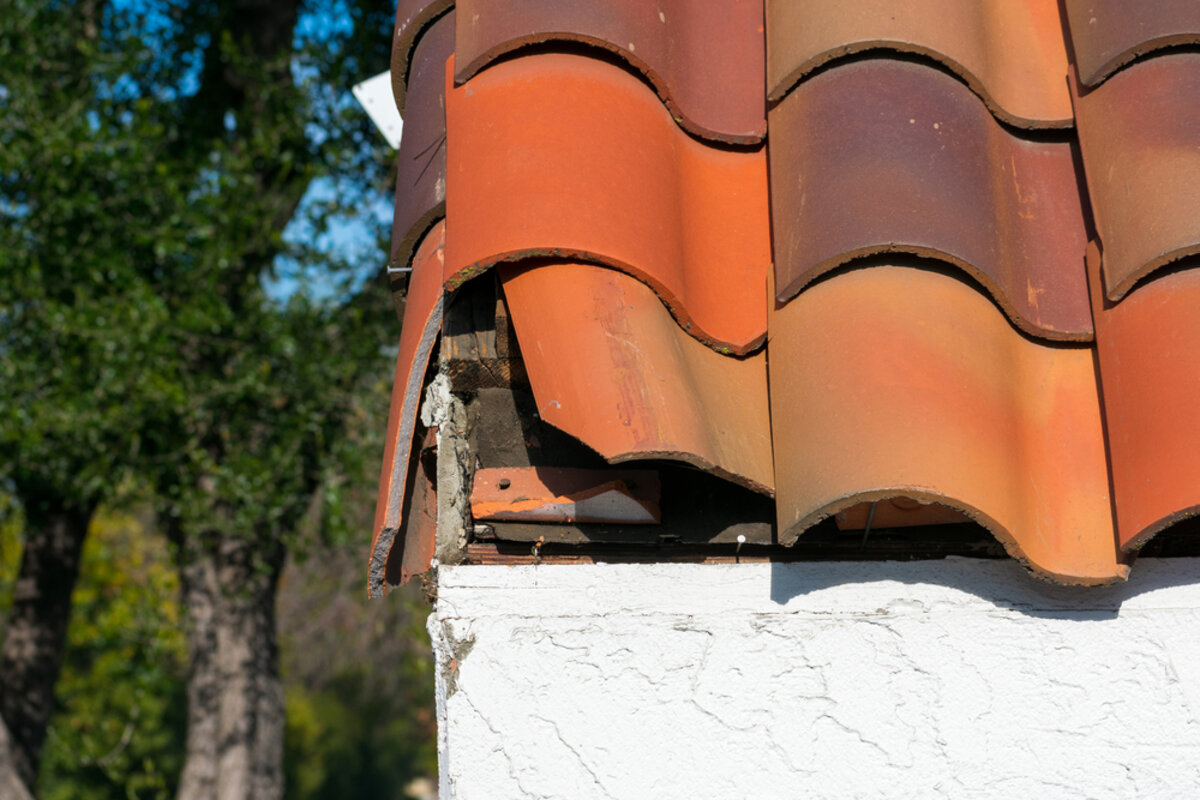The underlayment for a metal roof is critical to protecting your house from water damage. Even though your roof can make up to 40% of the exterior of your home, you probably haven’t given much thought to what is underneath it.
A roof underlayment is installed on top of the roof deck with roof cladding on top. It is a vital water-shedding barrier that helps repel water and melting snow.
Metal roofs generate a lot of heat under the surface, so consider that when choosing the right underlayment.
Types of Underlayment for a Metal Roof
The application and installation will determine the type of underlayment you use.
Asphalt-Saturated Felt
Felt underlayments are one of the oldest underlayment options. They are made by saturating paper or fiberglass with asphalt.
Pros
- Inexpensive
- Widely available
- Provides basic protection against water.
Cons:
- Less durable compared to synthetic options
- Can tear more easily
- May absorb moisture, leading to issues over time
Best for: Residential homes in mild climates with less extreme weather conditions.
Synthetic Underlayment
Synthetic underlayments are made from woven or spun synthetic fibers, typically polypropylene or polyethylene. They offer enhanced water resistance and are quick to install. Synthetic underlayments aren’t standardized though, so do your research or contact a professional company.
Pros:
- Lightweight
- Tear-resistant
- UV-resistant
- More durable than felt
Cons:
- Slightly more expensive than felt but worth it for durability
Best for: Homes in areas prone to heavy rain, wind, or extreme weather. It’s also ideal for long-term installations. Self-Adhering Membrane (Peel-and-Stick) Self-adhered underlayments are waterproof underlayments with an adhesive backing that sticks directly to the roof deck. They offer flexible installation with non-skid surfaces. Pros: Offers excellent protection against water, ice, and wind-driven rain Seals around nails and fasteners to prevent leaks Cons: More expensive Can be more challenging to install Best suited for areas that experience ice dams or heavy snow Best for: Homes in cold climates where ice dams are a concern or in areas prone to hurricanes and high winds.
Climate Considerations
Hot, Sunny Climates
Synthetic underlayment is a great choice because it’s UV-resistant and won’t degrade as quickly as felt under prolonged sun exposure.
Cold Climates (Snow and Ice)
Self-adhering membranes are ideal for cold climates where ice dams or heavy snow occur. These membranes create a tight seal and offer superior protection against ice buildup and water infiltration.
Wet or Humid Climates
A synthetic underlayment works well in wet or humid climates because of its enhanced water resistance and breathability, reducing the risk of mold or mildew growth.
Cost vs. Durability
- Asphalt Felt: While more affordable, felt is less durable. Your felt underlayment may also perform less well over time, especially in extreme weather conditions.
- Synthetic Underlayment: Synthetic underlayment is more expensive but offers better long-term protection and is generally more durable. It’s a better investment for high-performance, long-lasting roofs.
- Peel-and-Stick Membrane: Although peel-and-stick underlayments are typically the most expensive option, they deliver the highest level of protection, especially in challenging climates.
Other Things to Consider
- Manufacture Requirements: Many metal roof manufacturers recommend or even require specific types of underlayment for their roofing systems to ensure proper warranty coverage. You must check the manufacturer’s guidelines before choosing an underlayment.
- Fire Resistance: Choose an underlayment with a high fire-resistance rating, especially if you live in an area prone to wildfires. Synthetic underlayments tend to have better fire ratings than felt.
Trust the Professionals When Choosing the Right Underlayment for a Metal Roof

When choosing underlayment for your roof, consider the climate, roof slope, your budget, and performance needs. Local building codes and manufacturer recommendations are also important factors to consider. So, contact us today if you need advice on the right underlayment for a metal roof.






